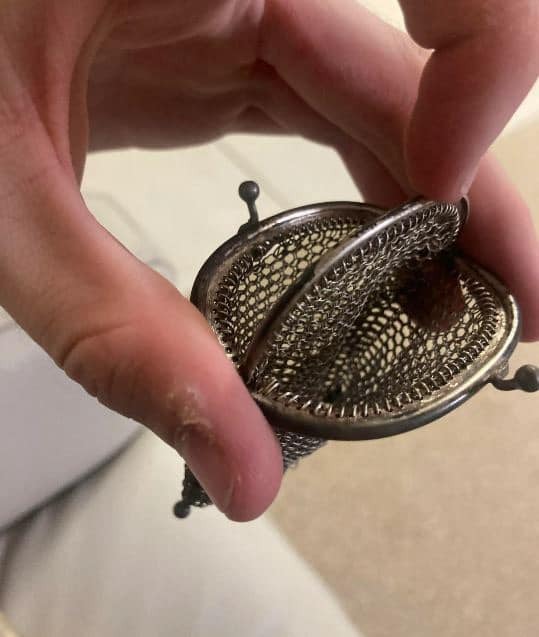ADVERTISEMENT
Gilded Keepsakes: How Victorian Accessories Symbolized Wealth and Status
The Victorian era, a period spanning from 1837 to 1901 under the reign of Queen Victoria, was one of profound change and cultural significance. This was a time of industrialization, expanding empires, and rapid social change, which directly influenced the fashion and accessories of the time. In the midst of all these transformations, personal adornment became an essential means of expressing one’s social standing, wealth, and status.
Victorian accessories were not just decorative—they were loaded with meaning. From intricate jewelry to luxurious handbags, each item served as a visual representation of an individual’s position in society. Among the most iconic of these accessories were the gilded keepsakes, which were often made of precious metals, gemstones, and lavishly embellished materials. Let’s explore how these gilded accessories were more than just embellishments—they were powerful symbols of wealth, social class, and personal identity.
The Victorian Obsession with Status and Wealth
During the Victorian era, the concept of social class was deeply ingrained in the fabric of daily life. The era witnessed a sharp distinction between the upper, middle, and working classes, and individuals were often defined by their clothing and accessories. While fashion played a crucial role, it was the smaller, more intimate details of one’s attire—like jewelry and accessories—that truly set apart the wealthy from the rest of society.
Victorian society placed immense value on outward appearances, and accessories became a direct means of communicating one’s economic prosperity. Gilded keepsakes, in particular, were often crafted from gold, silver, and other precious materials to symbolize the wearer’s superior status.
Gilded Jewelry: The Ultimate Symbol of Affluence
Jewelry was, perhaps, the most powerful accessory of all in the Victorian era, with gilded pieces taking center stage. The practice of gilding, which involved covering an item with a thin layer of gold, allowed for intricate designs that were affordable to the upper-middle class while still being luxurious in appearance. However, true wealth was often signified by the use of solid gold and precious gemstones.
- Lockets: Victorian lockets were often gold or gilded, and they served both a sentimental and social purpose. Lockets were worn as symbols of love or family, often containing a photo or lock of hair. The wealthy would sometimes adorn these pieces with diamonds, pearls, or other gemstones, enhancing their status.
- Brooches and Pins: These decorative items were often crafted from gold, with intricate designs including florals, animals, and geometric patterns. A common practice was to add personal or symbolic touches to brooches—such as engraving the wearer’s initials or embedding precious stones—making them unique to the individual. Wealthy women were known to have large collections, each piece symbolizing something different, whether it was a personal achievement or a nod to their family’s high standing.
- Bracelets and Rings: Gilded and gold bracelets, often designed with intricate engravings and studded with jewels, were common during the Victorian period. Rings were especially significant, with engagement rings becoming a more prevalent tradition in this era. Gilded rings, adorned with gemstones like garnets, diamonds, and sapphires, were a reflection of a person’s wealth, with the richer rings being much larger and more extravagant.
For Complete Cooking STEPS Please Head On Over To Next Page Or Open button (>) and don’t forget to SHARE with your Facebook friends
ADVERTISEMENT
ADVERTISEMENT
